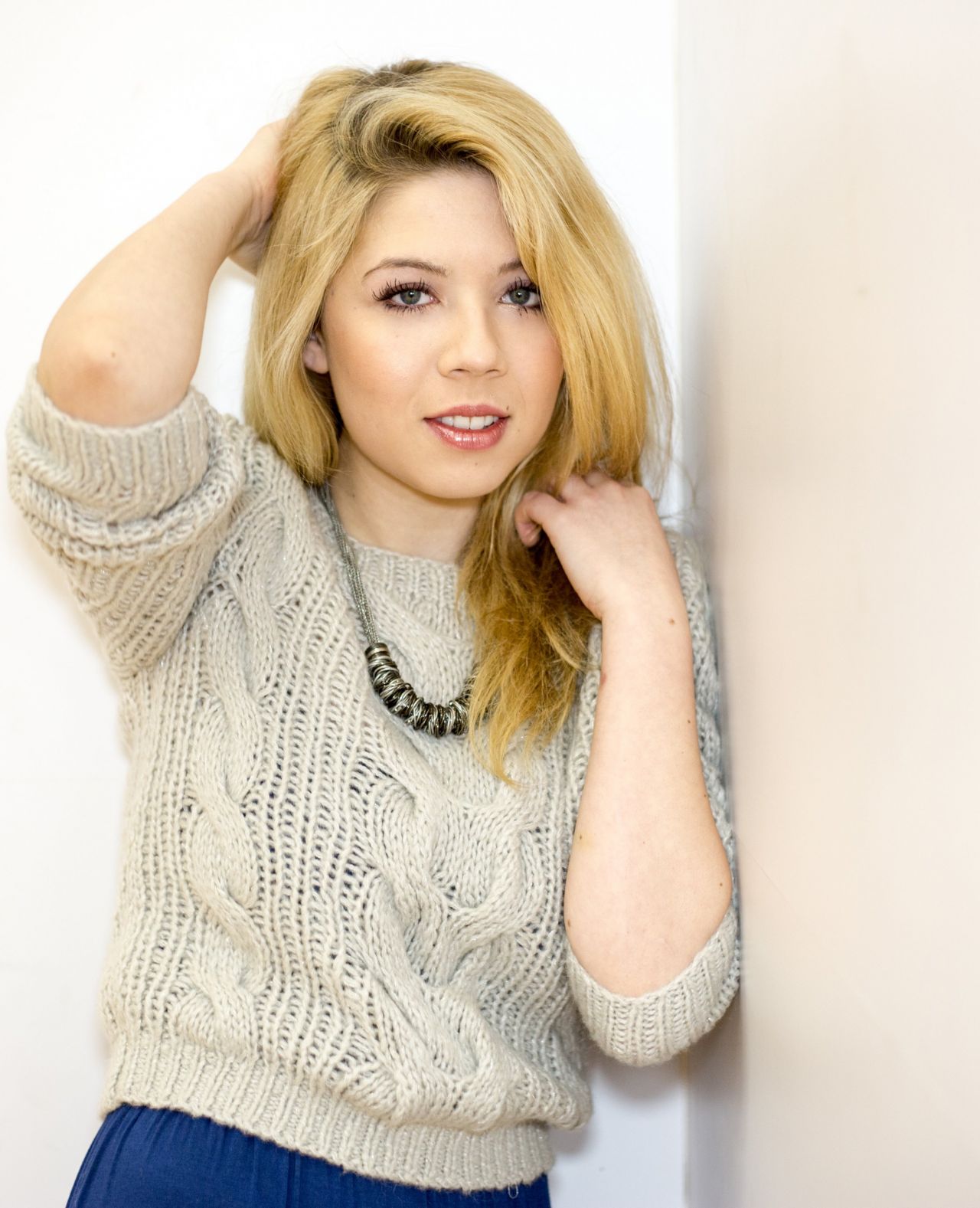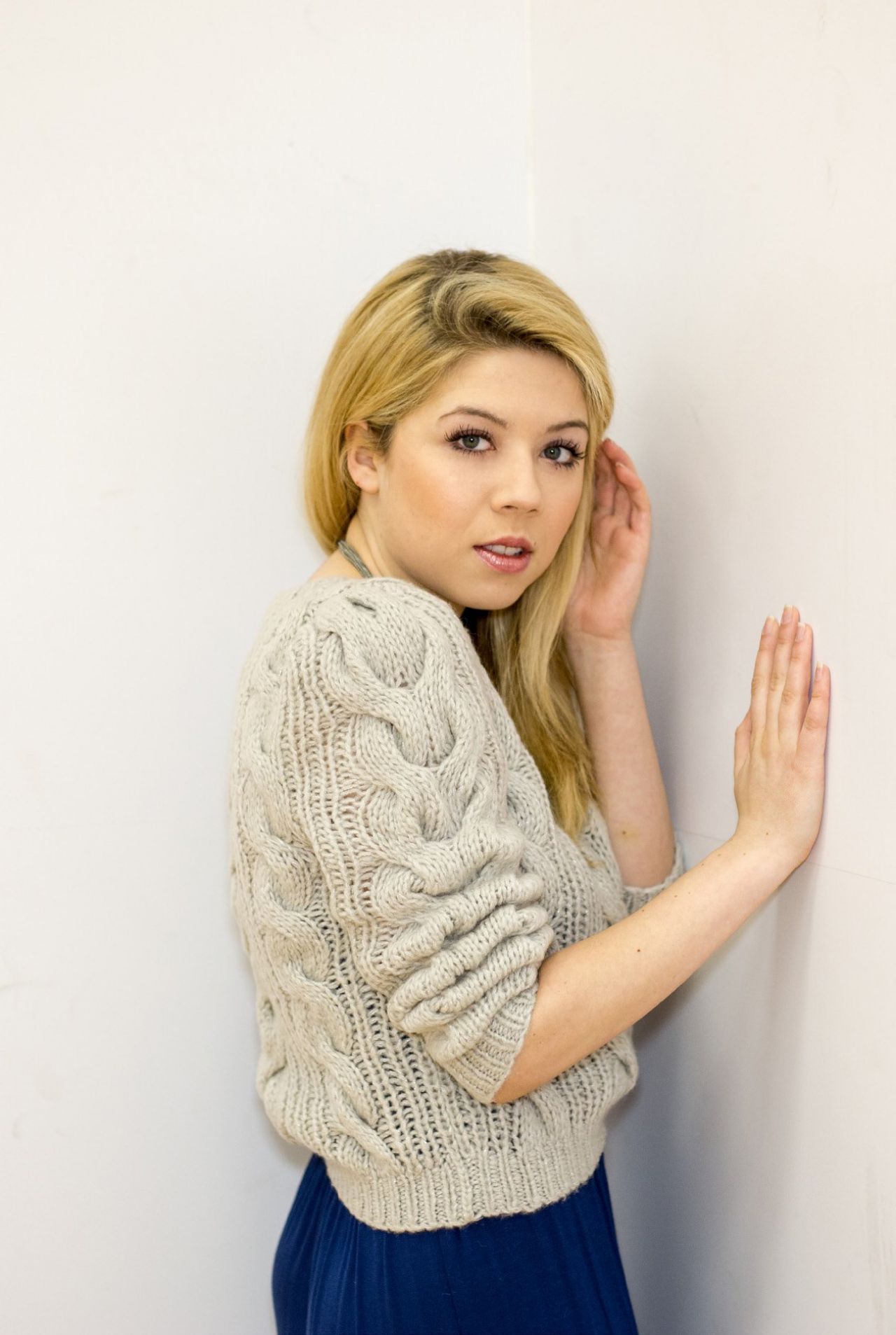In our world, which is so connected by screens and quick glances, the way we capture and share what we see has, you know, really changed. We're always looking for ways to hold onto a moment, whether it's a funny picture or something important we need to remember from a website. It's almost as if our devices have become extensions of our eyes, always ready to take a snapshot of whatever crosses our path.
This desire to grab a piece of the digital flow means we often reach for tools that let us "snip" or "grab" what's on our display. There are so many ways to do this, some built right into the systems we use every day, and others that are, well, a bit more specialized. People are looking for something that works well, and is also, in a way, easy to use.
So, we're going to explore some of these common methods for getting images from our screens, and how people are using them, too. It's pretty fascinating, actually, how these simple actions play such a big part in how we interact with information and each other online, you know?
Table of Contents
- Capturing Moments - Exploring Digital Tools
- Beyond the Frame - Community and Creativity
- Reflecting on Digital Content - A Look Back
Capturing Moments - Exploring Digital Tools
When you want to save something you see on your computer, there are, you know, quite a few ways to go about it. Most computers come with some built-in features that are pretty handy for this. It's really about picking the right tool for what you need to capture, more or less.
The Windows Way - Simple Snaps and Beyond
For those using Windows, there are a couple of go-to options for grabbing a piece of your screen. The 'PrintScreen' key on your keyboard is, like, a classic. You press it, and it just takes a picture of everything you see on your display. Then, you can paste that picture into a program, say, Paint or Word, to use it. It's a quick way to get a full view, you know, without much fuss. You just hit 'PrintScreen' and then 'Ctrl+V' to put it somewhere, which is really simple.
Then there's the 'Snipping Tool', which is tucked away in your Windows accessories. This one is, arguably, a bit more flexible. It lets you draw a box around just the part of the screen you want to save, or even capture a specific window. For people who need a little more control over their captures, this tool tends to be a better fit. It gives you options like free-form, rectangular, window, or full-screen snips, which is pretty neat. It's almost like having a tiny camera that only shoots exactly what you point it at, so to speak.
And, you know, Windows 10 also has a shortcut, 'Window key + Shift + S', which brings up a little bar at the top of your screen. This lets you quickly select an area to copy to your clipboard, making it really easy to just grab what you need. This method is quite popular because it's so quick and integrated. It’s a pretty good example of how systems try to make things more convenient for us, actually.
Advanced Digital Editing - What's Possible?
Sometimes, just taking a picture of your screen isn't enough. People often want to do more with those images, like taking someone out of a background or changing what's behind them. There are programs out there, for instance, that can do what's called 'AI automatic cutout'. These tools are pretty clever; they can spot a person in a picture and remove the background for you, making it look as if they were never there, or allowing you to put them somewhere else entirely. It’s pretty amazing, honestly, what these programs can accomplish.
These sorts of tools are often used for things like making profile pictures or creating fun, new scenes from existing photos. They promise things like "background automatic elimination" and "natural replacement," which means the new background blends in well, leaving no odd edges. It's, in a way, like magic for your pictures, allowing for a lot of creative freedom. You can, apparently, make things look seamless, which is pretty impressive.
For folks who work with lots of pictures or just like to tinker with images, having access to these kinds of features is a big plus. It lets them go beyond just a simple capture and really reshape the visual content. It's, you know, about transforming what you see into something new and different, which is quite powerful.
Long Form Captures - Scrolling Through Ideas
What if you need to capture a whole web page, or a long document, that doesn't fit on your screen all at once? That's where 'scrolling screenshots' come in handy. These tools let you capture everything from top to bottom, even if you have to scroll down to see it all. It's like taking a very, very long photograph of something that just keeps going, more or less.
There are desktop programs designed for this specific purpose. They're often called 'efficiency screenshot tools' because they make it so much easier to get all that information in one go. These programs sometimes let you edit the picture right after you take it, and some even allow you to keep the picture "always on top" of your other windows, which is pretty useful if you're trying to compare things or keep notes. It's a very practical feature for anyone who deals with a lot of online text or visual information, you know?
These tools are, typically, a step up from the basic built-in options because they handle a common problem – content that extends beyond the visible screen. They help you gather all the information without having to take multiple pictures and then try to stitch them together, which can be a bit of a hassle. It really simplifies things, actually, when you need to grab a lot of material.
Beyond the Frame - Community and Creativity
Beyond just capturing images, there's a whole world of sharing and creativity that springs up around visual content. People don't just take pictures for themselves; they share them, they remix them, and they build communities around shared interests. It's pretty fascinating to see how visual media brings people together, you know?
Fan Creations - The McCurdy Community Spirit
Sometimes, a piece of art or a story really captures people's imaginations, leading them to create their own versions or tributes. For example, there's a whole online group dedicated to 'Good Omens', a story about angels and demons. This community, which is quite active, shares fan art and discussions related to the book and its adaptations. It's almost like a big, ongoing conversation where everyone contributes their own creative spark, you know?
You see things like drawings of the characters, sometimes showing them embracing or in various situations. People express their excitement with comments like "Happy screamy noises!" and praise the art style, saying things like "your art style is so cute!" and "These all look so wonderful." It's a testament to how a story can inspire so much personal expression and connection. This kind of creative sharing is, in some respects, a big part of how people engage with their favorite stories today.
This kind of collective enthusiasm, where fans create and share their own interpretations, shows a very human side of digital interaction. It’s not just about consuming content; it’s about participating and adding to it. It’s pretty cool, actually, to see how these communities grow and flourish around shared passions, like the 'McCurdy' community might gather around shared interests or creative outputs.
How Do Online Communities Share Visuals?
So, how do all these pictures and creative works get shared within these online groups? Usually, it's through platforms designed for sharing, like specific forums or social media sites. People upload their creations, and others can view them, comment on them, and share them further. It's a pretty straightforward process, but it allows for a lot of interaction, too.
These platforms often have features that make it easy to embed images, or link directly to them, so that everyone in the community can see what's being discussed. It’s, in a way, like a digital gallery where everyone can put up their work for others to enjoy. This ease of sharing is a big reason why these communities thrive, you know?
It’s really about building a shared space where visual ideas can flow freely. Whether it's a quick screenshot to illustrate a point or a detailed piece of fan art, the ability to share these visuals is key to how these groups function. It's, you know, what keeps the conversation going and the creativity flowing, more or less.
Are There Limits to Digital Expression?
When it comes to sharing and creating online, it's fair to wonder if there are any boundaries. While the digital world offers immense freedom for expression, there are, of course, some unspoken rules and, sometimes, actual guidelines. Most communities have expectations about what kind of content is appropriate to share, and what isn't. It's almost like a shared understanding of what keeps the space friendly and welcoming for everyone, you know?
For instance, some content might be considered too sensitive, or just not relevant to the group's focus. So, while you can pretty much create anything you want, sharing it publicly often comes with the idea of respecting the community's vibe and rules. It's about finding that balance between personal freedom and being a good community member, which is pretty important, actually.
These limits are not always about what you *can* technically do with a screenshot or a drawing, but what you *should* do, given the context of the community. It’s, in a way, about being mindful of others and contributing positively to the shared space. This kind of consideration helps keep online communities vibrant and enjoyable for everyone, you know?
Reflecting on Digital Content - A Look Back
Looking back at how we capture and share digital content, it's clear that these tools and practices are pretty central to our online lives. From the simple act of pressing a key to grab a screen, to using advanced software for detailed image work, we're constantly interacting with visual information. It's, you know, a fundamental part of how we communicate and learn in this digital era.
The ease with which we can take a picture of our screen, whether it's a full desktop view or just a small section, has changed how we document things, share ideas, and even create new content. These functions, often built right into our operating systems, mean we don't always need to go looking for extra programs, which is pretty convenient, actually. It's almost like having a built-in assistant for all your visual needs, so to speak.
And then there's the whole other side of it: the communities that form around shared interests, where people use these very same tools to express themselves and connect with others. Whether it's fan art or just sharing a funny moment, the ability to capture and share visuals helps build these connections. It really shows how technology can bring people together over common passions, you know?
So, from basic screen grabs to creative community contributions, the journey of digital image capture is pretty varied and, you know, quite interesting. It’s all about making the most of what our devices offer to express ourselves and engage with the world around us.


